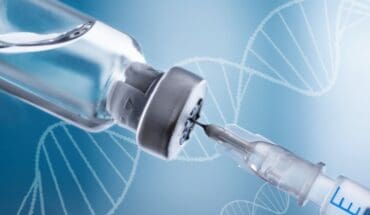Latest figures for 2015/6 showed that on average 49,000 people attended major A&E departments in England every day – in winter this figure rockets. Within this pressured environment, demands placed on healthcare professionals are huge. Recent figures show that in the 12-months leading up to September 2016, more than 190,000 medication errors involving the management of medication were reported in England to NHS National Reporting and Learning System (NRLS).
Recent figures show that in the 12-months leading up to September 2016, more than 190,000 medication errors involving the management of medication were reported in England to NHS National Reporting and Learning System (NRLS).
These errors include; giving the wrong medicine, the wrong dose of the right medicine – or giving medicine to the wrong patient. The majority, nearly 150,000 were reported in UK hospitals. Yet, technology exists via innovative digital dispensing and management systems which can dramatically reduce, if not eradicate, all these errors. It provides a valuable safety net for professionals working at the forefront of our NHS.
Omnicell UK & Ireland recently commissioned an independent report ‘SAFE: Safeguard Against Frontline Errors’ authored by a leading independent pharmaceutical expert. Launched this month, the SAFE report found that within an A&E setting, ward-based pharmacy automated medicines cabinets result in a more efficient and reliable system for patients and staff.
Launched this month, the SAFE report found that within an A&E setting, ward-based pharmacy automated medicines cabinets result in a more efficient and reliable system for patients and staff.
NHS hospitals which have installed these systems found that they:
– Improve patient safety: reducing incidents of missed doses
– Improve productivity and efficiency: reducing ad-hoc ordering, stock-outs and wastage
– Fuel much needed costs savings: reducing stock line, consumption & expiry losses
– Improve ‘swift and safe’ patient discharge: thereby reducing ‘bed-blocking’
The report launch is part of a wider campaign to raise awareness and promote best practice standards of care for the management of medication across the NHS, in particular A&E departments, in a bid to tackle medication errors and improve patient safety. As well as helping to drive much-needed efficiencies, the SAFE report further analyses the key role automation plays in patient safety around medication management and compliance. By launching the SAFE report together with an A&E Standard of Care booklet we hope to encourage more Trusts and policy makers to embrace ward-based pharmacy technology to create a system that can cope efficiently with these pressures and deliver a world-class health service. Both resources are available free of charge to NHS Trusts and Patient Safety Collaboratives in an effort to share best-practice and learning across the NHS.
The report highlights that poor medicines management from old systems and working practices significantly impacts A&E discharge times and the flow of patients throughout a hospital with huge consequences. A series of key consequences as a result of poor medicines management were identified in this area including; lost & missing pharmacy cupboard keys, time consuming administration with the Controlled Drugs Register, poor stock control and lack of medication audit trail.
Transformational change, even in the most challenging of circumstances is possible to help deliver a NHS health-care system that the 21st century can be proud of.
For free copy of the SAFE report or A&E Standard of Care booklet please contact: marketinguk@omnicell.com.
- How to reduce medication errors - 26th November 2017






